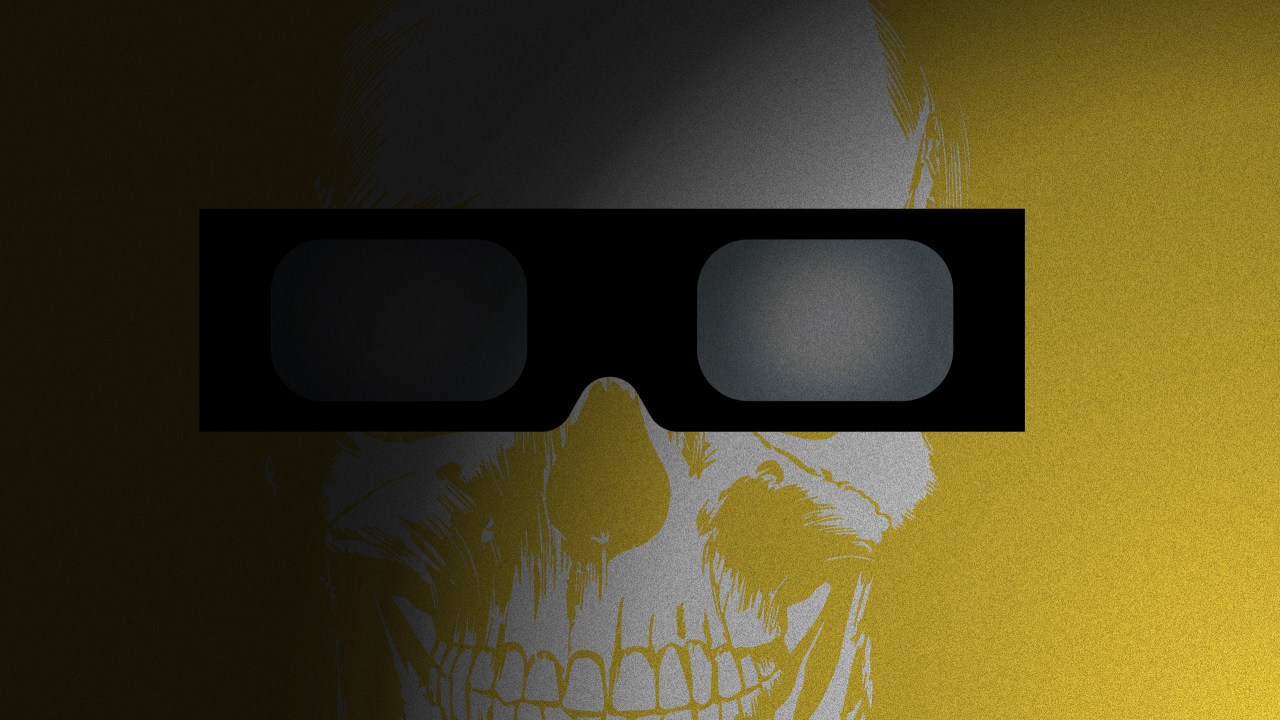This week, millions of Americans turned their eyes skyward, adorned with protective glasses to witness the breathtaking total solar eclipse—a marvel of nature that captivated an audience far larger than any virtual reality showcase could muster. It raises an important question for the VR industry: as the world looks for experiences that engage and awe, where does that leave a technology that has repeatedly promised the extraordinary but often falls short?
A Moment of Reflection for VR
This year’s E3, the grand stage for gaming and technology, showed a conspicuous absence of major VR hardware displays. With Oculus and HTC slashing prices on their headsets amidst dwindling sales, the message was clear: VR is struggling to find its footing. In a world where solar events command massive crowds, VR finds itself competing with itself for relevance amid skepticism and disappointment.
The Harsh Reality of Sales Figures
While the solar eclipse sparked excitement across America, the sales figures for high-end VR headsets painted a different picture. Reports of around 500,000 units sold for HTC and Oculus have left investors and developers questioning the long-term viability of this technology. Even Sony, which showed some promise with its Playstation VR, has seen sales plateau around the million mark—a number that, while substantial, pales in comparison to their home console sales.
The Challenge of Compelling Content
One of the greatest obstacles for VR adoption has been the lack of compelling content. Many early adopters of VR felt a sense of betrayal as the anticipated killer apps failed to materialize. A vital truth has become apparent: VR requires more than just impressive hardware; it needs equally impressive content to encourage purchase and repeat use. Unfortunately, existing VR experiences have not managed to create the excitement that translates into robust sales figures.
Consumer Aversion: The Fear of Motion Sickness
The anecdotal narratives of filmmakers excitedly immersing themselves in VR quickly turned to tales of discomfort. Motion sickness remains a major hurdle for VR, proving that producing an enjoyable experience is as critical as offering immersive technology. Backlash against nausea-inducing VR content could lead to memory lapses in consumer enthusiasm, not to mention a tarnished reputation.
Mixed Reality: A Glittering Alternative?
While VR grapples with shaping a foothold, augmented reality (AR) has begun to shine. As applications like Snapchat lenses and Pokémon Go captivate users in social settings, the potential for AR to integrate seamlessly into daily life outpaces the rather solitary experience that VR offers. The ability of AR to provide an engaging social context without the physical barriers of VR suggests a shift in consumer preference toward a technology that fits more easily into existing lifestyles.
Accessibility and Social Interaction
Mobile AR has proven to be a unifying force, allowing users to enhance their physical world rather than abandon it. The experience doesn’t demand that users don headsets, and they can share their augmented experience in real time, interacting fully with those around them. This community experience stands in stark contrast to the isolation felt in many immersive VR scenarios.
The Future Outlook: Hoping for Resurgence
For VR to gain traction, it will need to rethink its approach. There’s an opportunity for VR to explore niche markets—such as enhanced on-flight entertainment, educational scenarios, and perhaps even therapeutic applications. This approach may not present VR as the next computing paradigm but could position it as a valued tool in specific fields.
The Role of Simulation and Training
Moreover, use cases for VR in simulation and training continue to show potential. From virtual medical training to high-stakes military simulations, industries are exploring how immersive experiences can prepare professionals for challenging real-world situations. Perhaps this targeted approach could rejuvenate interest and utility, proving that VR isn’t dead but merely requires a strategic pivot.
Conclusion: Will VR Emerge from the Eclipse?
As we approach another solar eclipse in 2024, it’s unclear whether virtual reality will have managed to reshape itself or will remain in the shadows of its disappointment. The future of VR technology feels uncertain, but the promise of its immersive experience still beckons innovators and enthusiasts alike. With a refocus on practical applications and compelling content, there may yet be a sunrise awaiting the VR landscape.
At **[fxis.ai](https://fxis.ai)**, we believe that such advancements are crucial for the future of AI, as they enable more comprehensive and effective solutions. Our team is continually exploring new methodologies to push the envelope in artificial intelligence, ensuring that our clients benefit from the latest technological innovations. For more insights, updates, or to collaborate on AI development projects, stay connected with **[fxis.ai](https://fxis.ai)**.

